What Are You Eating? What's In Your Kitchen? Let's Learn HOW TO COOK.
I started cooking when I was twelve. I only ‘helped’ before that: setting tables, filling bowls, adding side dishes, cleaning up. When my mother went back to work though, I went to work too. In the kitchen. Every day I followed her detailed instructions, preparing and serving the family dinner. Initially my efforts were tentative and often not-quite-complete. But once I found my way, I never stopped. What began as an intimidating daily requirement became slowly and surely a life-long love and passion. Food. Cooking. Eating.

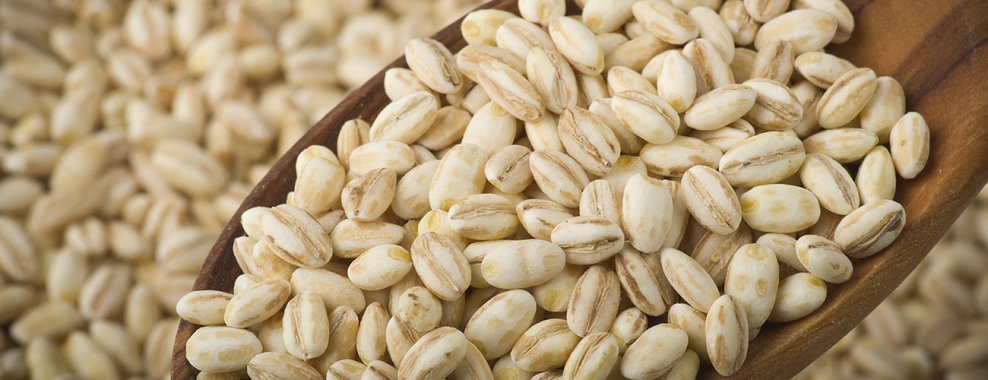
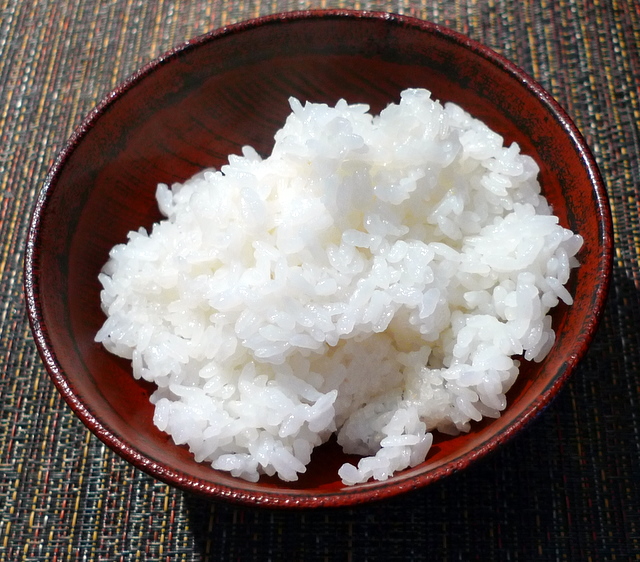




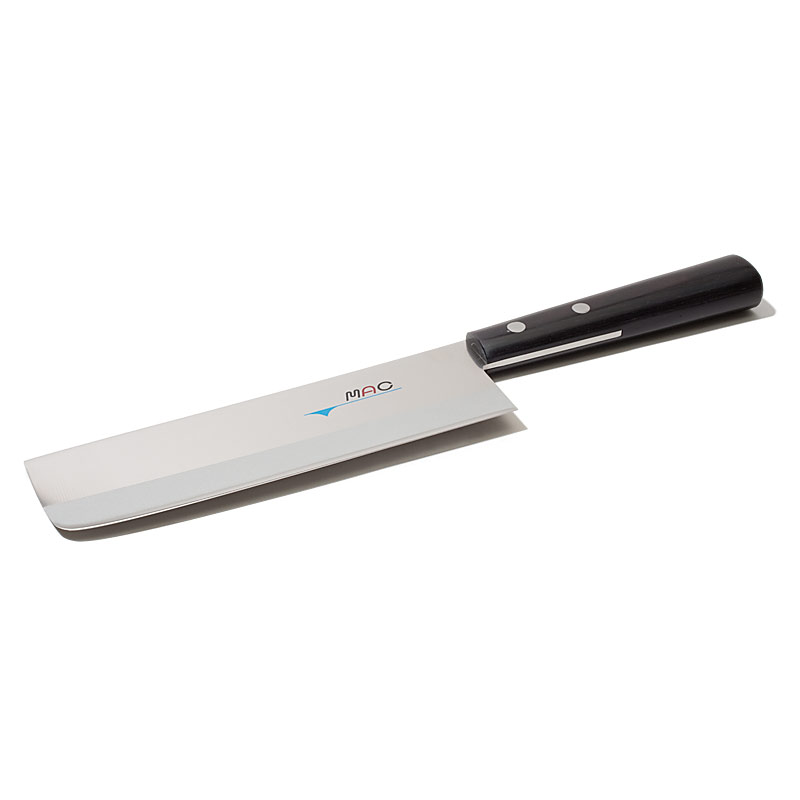



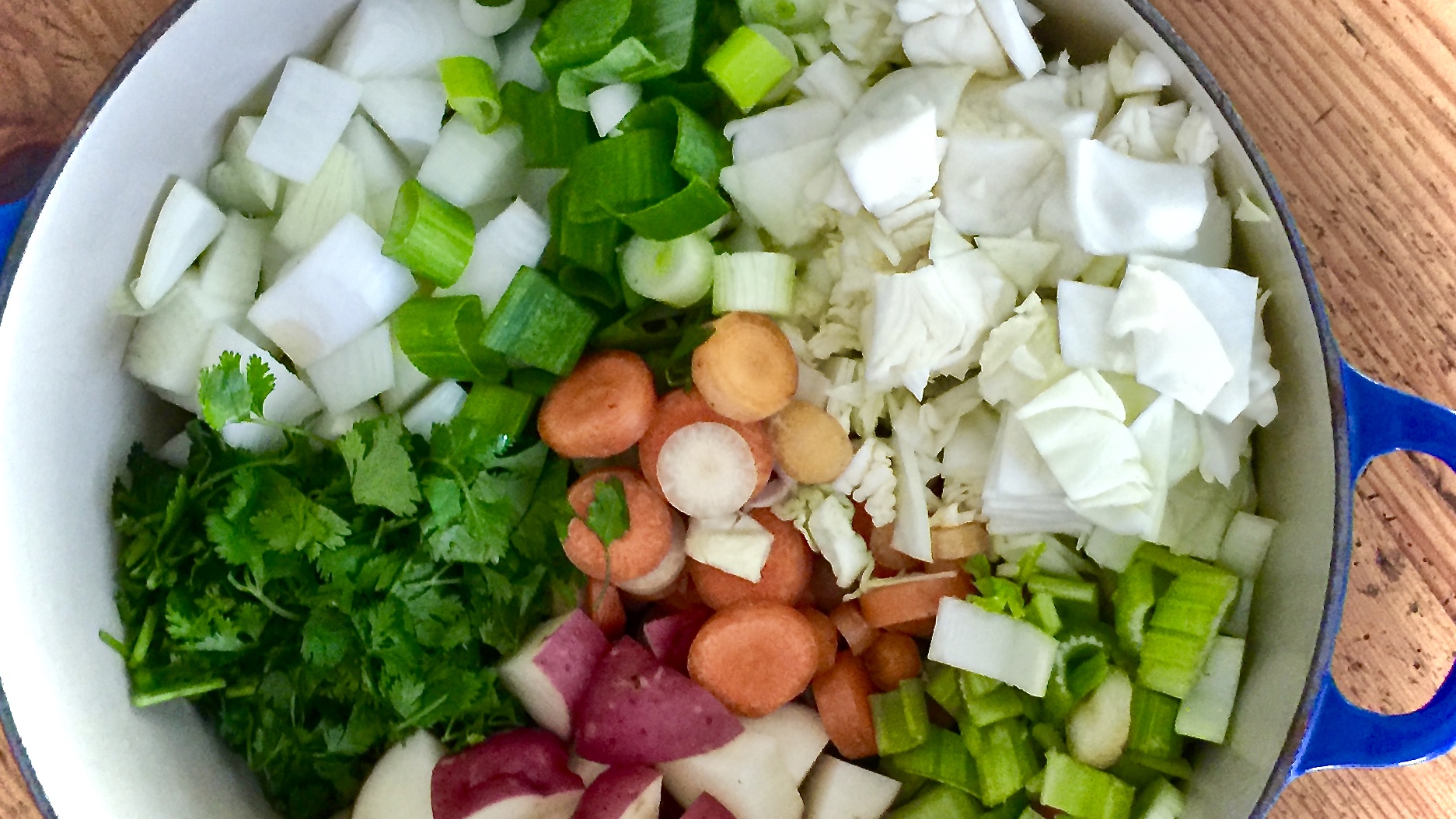




Back in the day — that is when I was a starting-out adult — we only had ‘natural’ foods. Not organic. Not gluten-free. Not paleo. No non-GMO. No foodies! Mostly ‘hippies’ eating lots of foods with lots of vegetables especially the local and homegrown kind. Foods that weren’t out of boxes or cans, didn’t have preservatives or additives, weren’t manufactured or chemically ‘lo-cal’. And then there was me with a notion, a conviction really, that there was more to ‘natural’ foods than what I saw being prepared and presented all around me — a ‘substitute cuisine’ where every food everyone loves but deems ‘bad’ for them was turned into ‘good’ for them by substitution. Like tofu cheesecake or hamburgers made of TVP. Of course that style of eating is still going strong but it offered up many mindful substitutions like whole grain flour for processed white and honey or maple syrup for white sugar or saccharin (the chemical lo-cal fake version of sugar). Meantime, I was looking farther, gaining cooking skills and blossoming ideas about food and healing and what it takes to live essentially. I moved through natural foods to macrobiotic foods and beyond that to ‘whole foods’.
It was all about the whole. The whole meal. The whole grain. The whole vegetable. And hmmm… the whole cow? That was a tough one. It was quite tricky but I determined that I should be eating everything whole or at least as whole as possible. So maybe not a cow but a fish could work. With an onion, not so hard. Put an onion with its shoots and roots and skin in a pot or a pan right into the oven, bake it, and eat almost all of it. Carrots are pretty easy too and delicious baked whole in the oven, tops and all. But then there is broccoli and cauliflower and squash. Peas and tomatoes and beans. I focused mainly on vegetables and grains and had to forego finally worry over ones that are pretty well impossible to eat whole all the way. I could mostly not eat a whole animal and accepted that I often also could not eat a whole plant: fruits and seeds and flowers, leaves and stems and roots. But I practiced thinking and cooking whole. Learning how to cook— everything everyway — was the key. Not reading recipes and following directions. Just cooking. An interesting adventure to embark upon. One that I came to with this underlying and devoted concept: I am a whole person nourishing my whole body with whole foods in order to be and to stay whole-y well and whole-y happy.






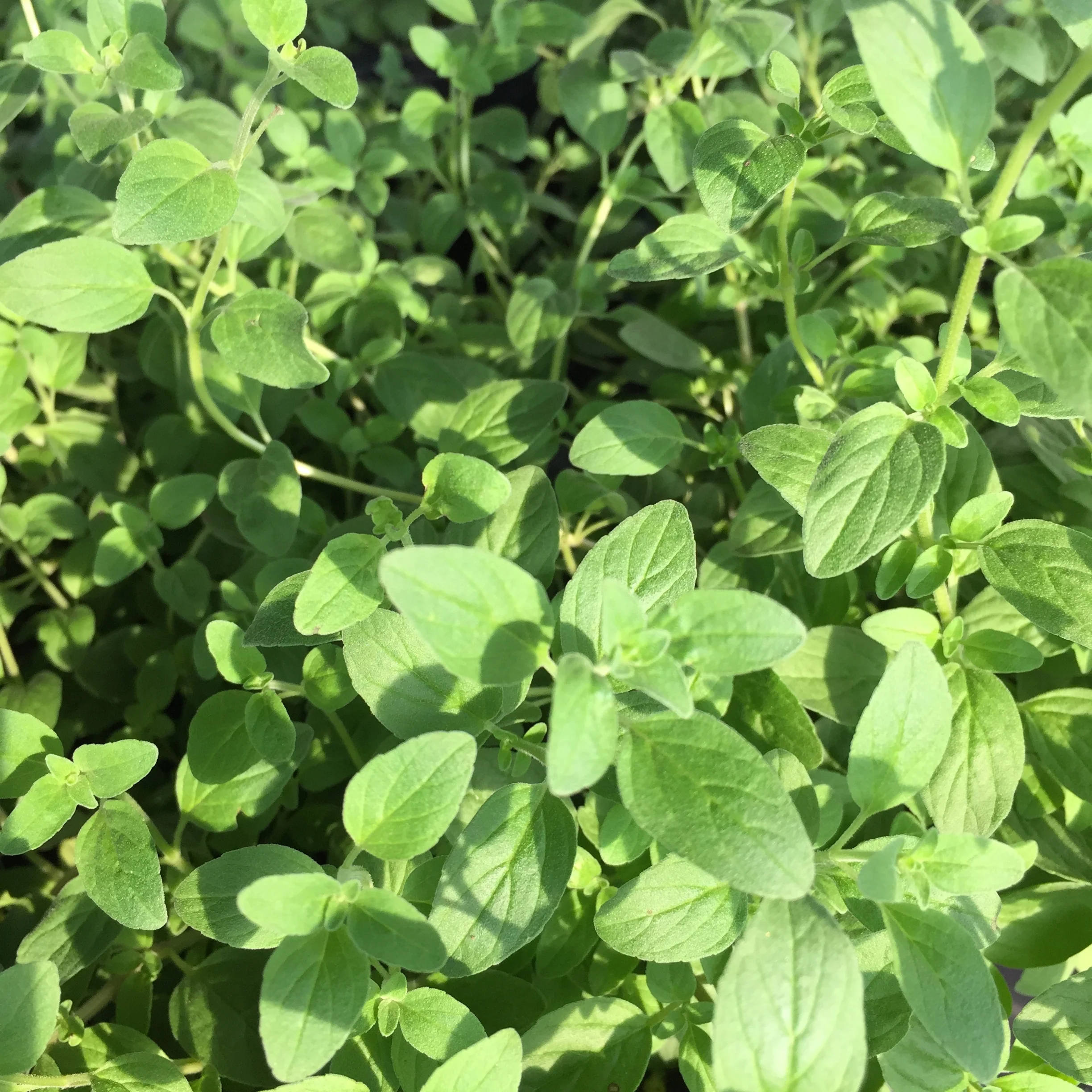
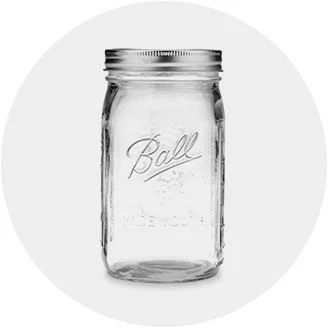


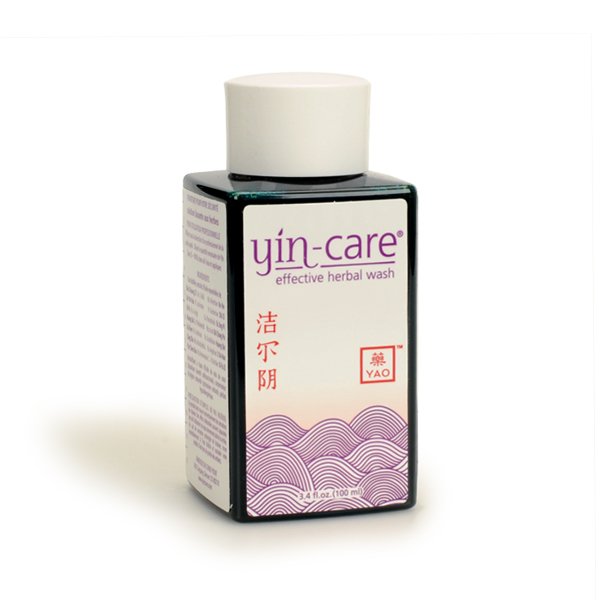


Watermelon is medicinal when you consider it through the Chinese Medicine lens.